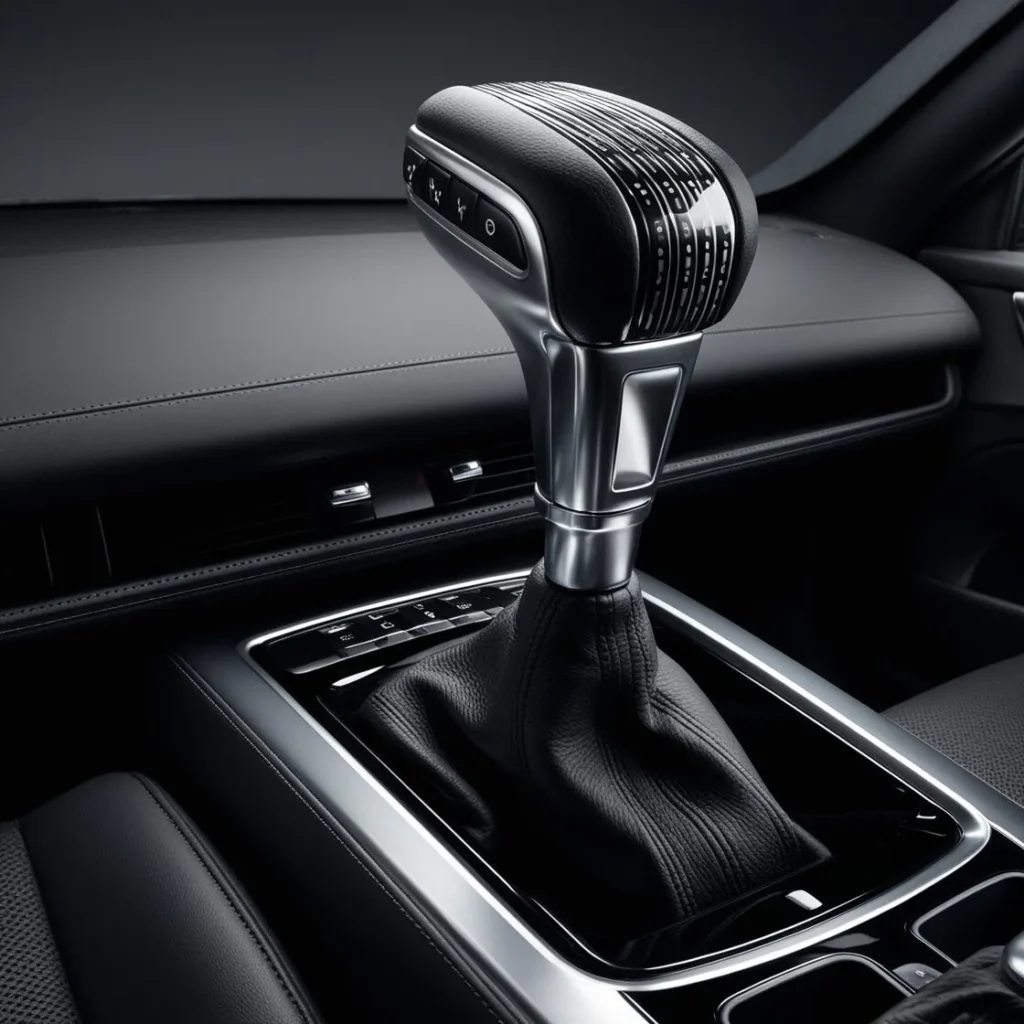Automatic Transmission: Advantages, Pros and Cons
When it comes to selecting a vehicle, one of the crucial decisions drivers face is the type of transmission system they prefer. Automatic transmission has become the dominant choice for many car buyers due to its ease of use and convenience. In this article, we will delve into the advantages and disadvantages of automatic, discussing its mechanics, driving experience, maintenance, and more.

Index
Understanding Automatic Transmission
Automatic transmission is a type of vehicle transmission that automatically changes the gear ratios as the vehicle moves, allowing the driver to focus on steering and accelerating without needing to manually shift gears. This system uses a complex arrangement of hydraulics, gears, and electronics to adjust the gear ratio based on various factors such as speed, engine load, and driver input. This convenience has made automatic a popular choice for many drivers, particularly in urban environments where stop-and-go traffic is common.
Advantages of Automatic Transmission
- Ease of Use
One of the most significant advantages of automatic is its simplicity. Drivers do not need to manually shift gears or operate a clutch pedal, making it easier to drive, especially for new or inexperienced drivers. This ease of use is particularly beneficial in heavy traffic conditions, where constant gear changes can be tiring. Automatic allows drivers to focus on the road without the distraction of shifting gears, making it a more accessible option for a broader range of drivers. - Convenience in Stop-and-Go Traffic
Automatic excels in urban driving conditions, where traffic can be slow and stop-and-go. Drivers do not need to constantly engage and disengage the clutch, making for a more comfortable driving experience. This convenience can lead to less driver fatigue during long commutes or in congested traffic situations. In contrast to manual transmission vehicles, which require frequent gear changes in such conditions, automatic transmission vehicles allow for a smoother driving experience. - Advanced Driver-Assistance Features
Many modern vehicles equipped with automatic come with advanced driver-assistance systems (ADAS). These features, such as adaptive cruise control, lane-keeping assist, and automatic emergency braking, often work seamlessly with automatic systems. The integration of these technologies enhances overall safety and driving comfort, making automatic an appealing option for those who value modern conveniences and safety features. - Improved Performance
Automatic systems, particularly modern ones, are designed to optimize performance. They can adjust the shift points based on driving conditions and driver behavior, allowing for smoother acceleration and improved fuel efficiency. Many automatic transmissions, especially those with continuously variable transmission (CVT) or dual-clutch systems, can provide a more responsive and powerful driving experience compared to traditional manual systems. This capability is particularly advantageous in performance-oriented vehicles, where rapid gear changes can enhance acceleration. - Fewer Stalling Issues
Unlike manual transmission vehicles, automatic systems eliminate the risk of stalling, which can be a common problem for new drivers learning to operate a stick shift. This is particularly beneficial in hilly areas, where starting on an incline can be challenging for inexperienced drivers. Automatic transmission allows for smoother starts and stops without the anxiety of stalling, making it an appealing option for those who prefer a more stress-free driving experience. - Wide Availability
Automatic transmission has become the standard in many new vehicles, with a broader selection of models available. From economy cars to luxury vehicles, most manufacturers offer automatic transmission options, making it easier for buyers to find a vehicle that suits their preferences. The increasing popularity of automatic transmission has also led to advancements in technology, resulting in more efficient and reliable systems.
Disadvantages of Automatic Transmission
Despite the numerous benefits, automatic transmission has its drawbacks. Understanding these cons is essential for making an informed decision.
- Higher Purchase Price
One of the significant downsides of automatic transmission is the higher initial cost compared to manual transmission vehicles. The complexity of the automatic transmission system often results in a higher price tag, which may deter budget-conscious buyers. For those looking for a more economical vehicle, the additional cost of an automatic transmission might not be justified. - Higher Maintenance Costs
Automatic transmissions can be more expensive to maintain and repair than manual transmissions. The intricate system of hydraulics, gears, and electronics can lead to costly repairs if something goes wrong. Routine maintenance, such as fluid changes and inspections, is essential for ensuring the longevity of an automatic transmission. However, the complexity of these systems can make maintenance more challenging, leading to higher costs over time. - Less Driver Engagement
For driving enthusiasts, automatic transmission can detract from the driving experience. The lack of manual gear shifting means less engagement with the vehicle, which some drivers find less enjoyable. The thrill of driving is often tied to the control and connection that comes from shifting gears manually. Automatic transmission may feel less satisfying for those who appreciate the art of driving and seek a more dynamic experience behind the wheel. - Weight and Size
Automatic transmission systems are generally heavier and bulkier than manual transmission systems due to the additional components required. This added weight can affect the overall performance and fuel efficiency of the vehicle. In performance cars, the extra weight can lead to slower acceleration and reduced agility, which may be a concern for those who prioritize speed and handling. - Potential for Reduced Fuel Efficiency
While many modern automatic transmissions are designed to optimize fuel efficiency, they can still fall short compared to skilled manual drivers. Manual transmission vehicles allow drivers to choose the optimal gear for their speed and driving conditions, which can lead to better fuel economy in certain situations. Drivers who are proficient with manual transmission may find they can achieve better mileage than their automatic counterparts, especially in highway driving scenarios. - Limited Control Over Gear Selection
While some automatic transmissions offer manual modes or paddle shifters, they may not provide the same level of control as a traditional manual transmission. Drivers who prefer to choose their gears manually may find automatic systems lacking in this regard. The inability to select gears based on personal preference or specific driving conditions can be frustrating for some drivers.
Conclusion
Choosing between automatic transmission and manual transmission ultimately depends on individual preferences and driving styles. Automatic transmission offers several compelling advantages, such as ease of use, convenience in traffic, and access to advanced safety features. However, it also presents challenges, including higher purchase and maintenance costs and less driver engagement.
Understanding the pros and cons of automatic transmission can help drivers make informed decisions about their vehicle choice. For those who prioritize convenience, modern technology, and a stress-free driving experience, automatic transmission may be the ideal option. Conversely, those who value a more engaging driving experience and better control over their vehicle may find manual transmission more appealing.
If you’re in the market for a new vehicle, consider taking the time to test drive both automatic and manual models. Doing so will provide you with a better understanding of which transmission best fits your driving style. Remember that each option has its unique set of advantages and disadvantages, so weigh your options carefully before making a decision.
